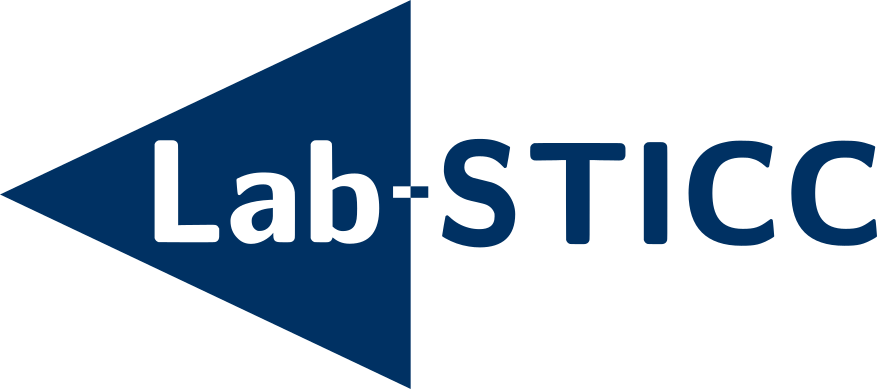Evaluating the Effects of Situated and Embedded Visualisation in Augmented Reality Guidance for Isolated Medical Assistance
Résumé
One huge advantage of Augmented Reality (AR) is its numerous possibilities of displaying information in the physical world, especially when applying Situated Analytics (SitA). AR devices and their respective interaction techniques allow for supplementary guidance to assist an operator carrying out complex procedures such as medical diagnosis and surgery, for instance. Their usage promotes user autonomy by presenting relevant information when the operator may not necessarily possess expert knowledge of every procedure and may also not have access to external help such as in a remote or isolated situation (e.g., International Space Station, middle of an ocean, desert).
In this paper, we propose a comparison of two different forms of AR visualisation: An embedded visualisation and a situated projected visualisation, with the aim to assist operators with the most appropriate visualisation format when carrying out procedures (medical in our case). To evaluate these forms of visualisation, we carried out an experiment involving 23 participants possessing latent/novice medical knowledge. These participant profiles were representative of operators who are medically trained yet do not apply their knowledge every day (e.g., an astronaut in orbit or a sailor out at sea). We discuss our findings which include the advantages of embedded visualised information in terms of precision compared to situated projected information with the accompanying limitations in addition to future improvements to our proposition. We conclude with the prospects of our work, notably the continuation and possibility of evaluating our proposition in a less controlled and real context in collaboration with our national space agency.
| Origine | Fichiers produits par l'(les) auteur(s) |
|---|

